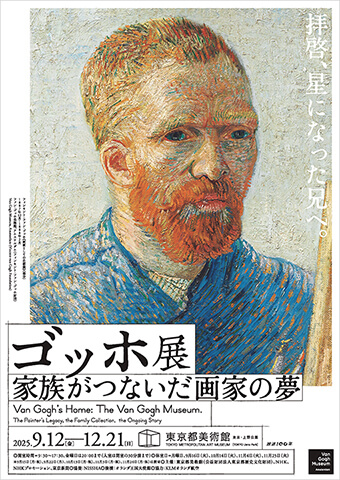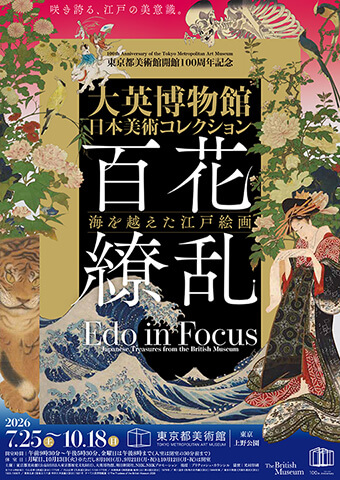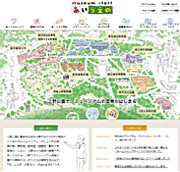-

Van Gogh’s Home: The Van Gogh Museum. The Painter’s Legacy, the Family Collection, the Ongoing Story
September 12 (Fri) – December 21 (Sun), 2025
-

100th Anniversary of the Tokyo Metropolitan Art Museum
Masters of Swedish Painting from Nationalmuseum, StockholmJanuary 27 (Tue) – April 12 (Sun), 2026
-

100th Anniversary of the Tokyo Metropolitan Art Museum
Edo in Focus: Japanese Treasures from the British MuseumJuly 25 (Sat) – October 18 (Sun), 2026
-

Ueno Artist Project 2025: Embroidery―Expression of Life from the Rhythm of a Needle
November 18 (Tue), 2025 – January 8 (Thu), 2026
-

佐藤慶太郎と東京都美術館のあゆみ
1926(大正15)年に日本初の公立美術館として開館した東京都美術館は、「石炭の神様」と呼ばれた北九州出身の実業家、佐藤慶太郎の寄付によって誕生しました。
「東京都美術館生みの親」と呼ばれた佐藤慶太郎の志と、その意志を受け継いだ東京都美術館の歴史を紹介しています。 -

Tobira Project
This project, operated in conjunction with Tokyo University of the Arts, is aimed at fostering an active, open art community with the Museum as a central stage. The project is led by art communicators (“Tobira”), who are given responsibility for growing a community.
-

Museum Start i-Ueno
A program linking all 9 cultural facilities in Ueno Park to support children in their "museum debut." The program provides a "flat" learning environment where adults and children learn on an equal basis. Through experiences of seeing, listening, and speaking, children come to understand the fun and excitement of visiting an art museum.










